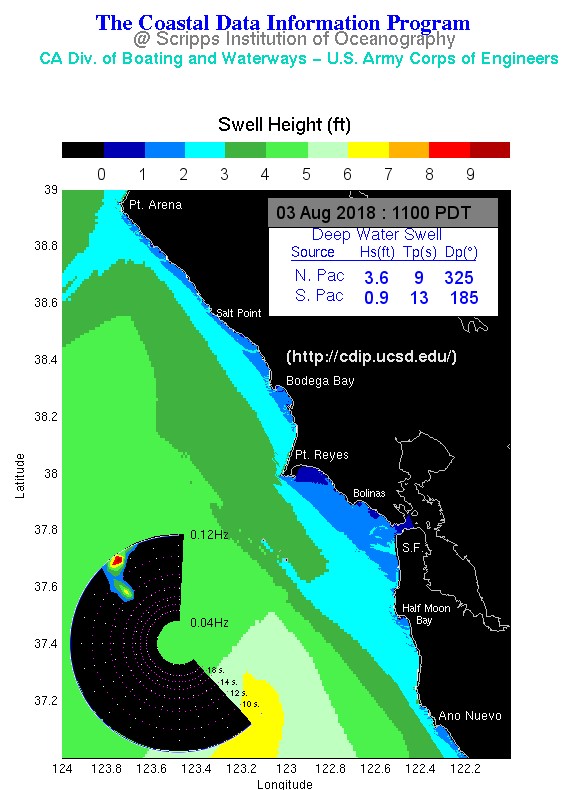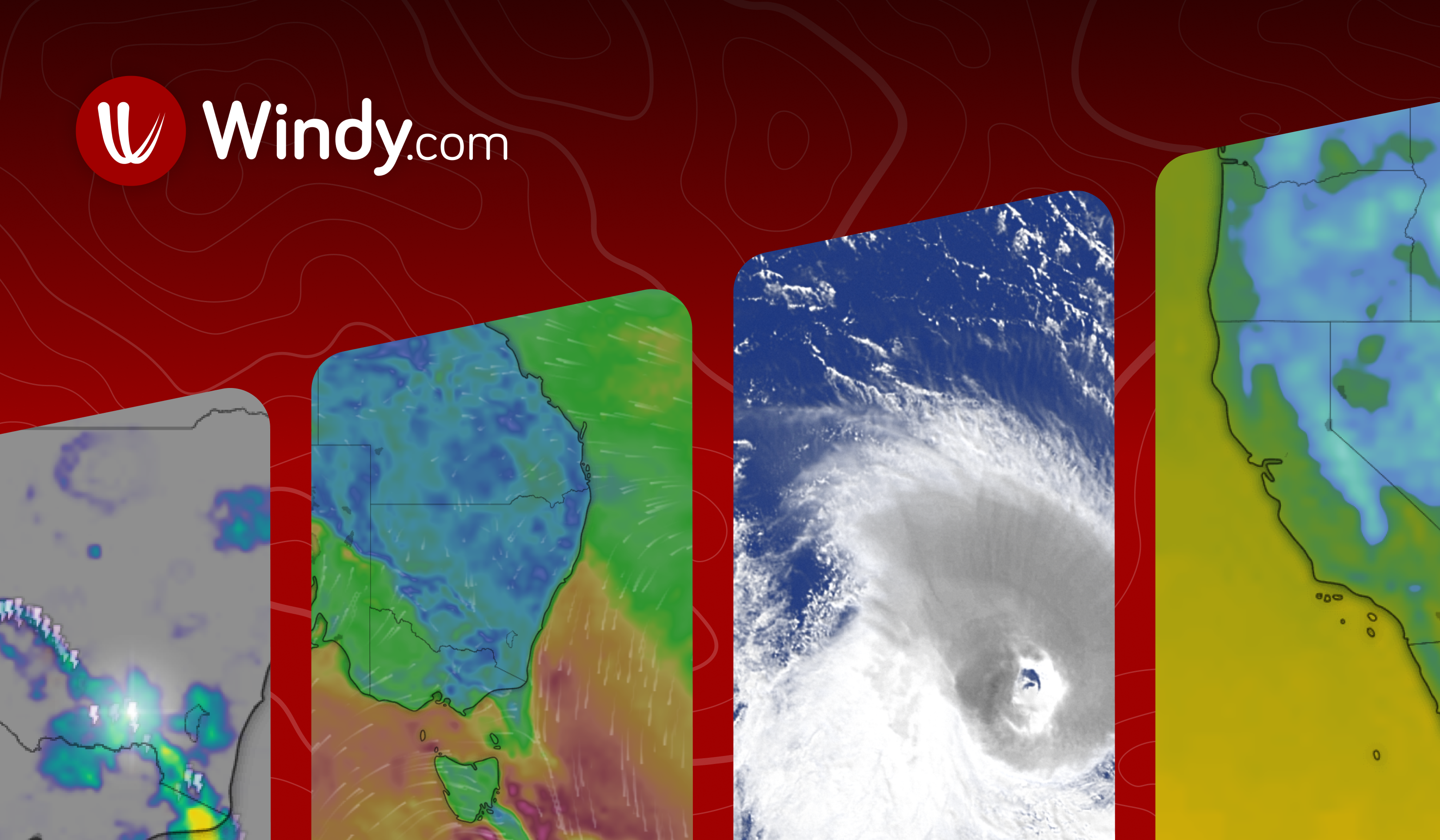I am planning to go practice for a hoped future LongPac, and would appreciate advice on sea conditions. Boat in question is an Ericson 34.
Tradewinds Sailing, in Pt. Richmond, has a nice discussion of making a go/no go decision re: going out the Gate:

 www.tradewindssailing.com
www.tradewindssailing.com
However, on a multiday (~ 5 days) trip things may change once you're out, and as I keep an eye on the weather to get a feel for things I notice that this weekend the offshore (to 60nm) report is:
SUN
NW wind 15 to 20 kt. Seas 6 to 8 ft. Wave Detail: NW 8 ft at 8 seconds and S 2 ft at 14 seconds.
Obviously 20 kts is no problem for anyone who sails in the bay.
My question is about the seas: 8+2=10 ft at a primary of 8 sec exceeds the go/no go recommendation from Tradewinds, which is that the combined seas be under 12' and less than the period, and that the primary period be 9s or greater. I realize there are two issues here: a period < 9s, and separately a combined wave height > period. I am curious about both.
I am unsure if the requirements above are more about not wanting to face those conditions across the SF Bar / in the main shipping channel, or whether it is a more general "avoid being out if there if anything like that in the forecast", even if one would be well offshore by the time that weather hit.
For clarity: my question is not "should I go out the Gate on Sunday in those conditions." I would not. Rather, it is "would you go on a 5-day trip like the LongPac if something like that was in the forecast for later on, when you would be out far past the lightship/SF1?"
Any advice/comments/suggestions would be appreciated.
Tradewinds Sailing, in Pt. Richmond, has a nice discussion of making a go/no go decision re: going out the Gate:

Exiting Chrysopylae … “The Golden Gate”
Also known as … is it safe to head out the gate? For over two hundred years, the Golden Gate hid its existence from the Europeans transiting and exploring the coast of California by boat. Fi…
 www.tradewindssailing.com
www.tradewindssailing.com
However, on a multiday (~ 5 days) trip things may change once you're out, and as I keep an eye on the weather to get a feel for things I notice that this weekend the offshore (to 60nm) report is:
SUN
NW wind 15 to 20 kt. Seas 6 to 8 ft. Wave Detail: NW 8 ft at 8 seconds and S 2 ft at 14 seconds.
Obviously 20 kts is no problem for anyone who sails in the bay.
My question is about the seas: 8+2=10 ft at a primary of 8 sec exceeds the go/no go recommendation from Tradewinds, which is that the combined seas be under 12' and less than the period, and that the primary period be 9s or greater. I realize there are two issues here: a period < 9s, and separately a combined wave height > period. I am curious about both.
I am unsure if the requirements above are more about not wanting to face those conditions across the SF Bar / in the main shipping channel, or whether it is a more general "avoid being out if there if anything like that in the forecast", even if one would be well offshore by the time that weather hit.
For clarity: my question is not "should I go out the Gate on Sunday in those conditions." I would not. Rather, it is "would you go on a 5-day trip like the LongPac if something like that was in the forecast for later on, when you would be out far past the lightship/SF1?"
Any advice/comments/suggestions would be appreciated.

